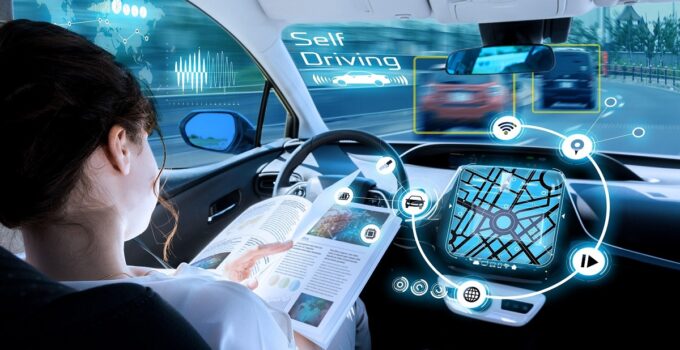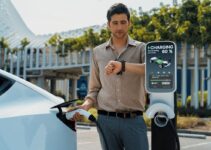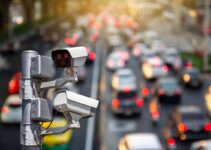Autonomous vehicles are supposed to be the future of driving, but what happens when they crash? The question of responsibility is as murky as it gets. Let’s break down the ethical and practical chaos that ensues when your self-driving car gets into an accident.
1. Human Error vs. Machine Error
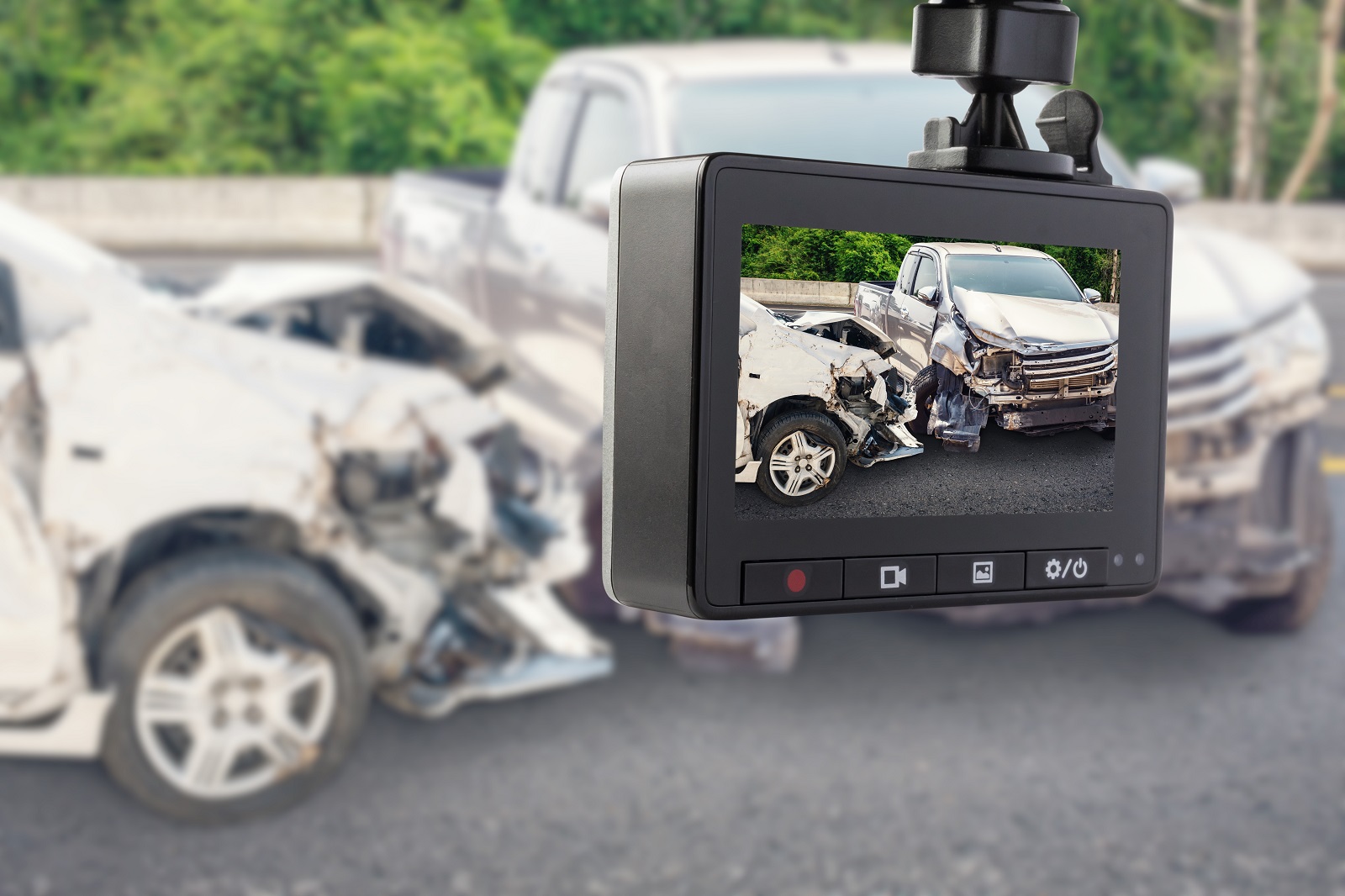
Image Credit: Shutterstock / Kwangmoozaa
When an autonomous vehicle crashes, the first question is whether it was human error or machine error. Good luck sorting that out when the lines are blurred between your occasional input and the car’s constant calculations. Blame the driver? Blame the car? It’s a mess.
2. Manufacturer Accountability
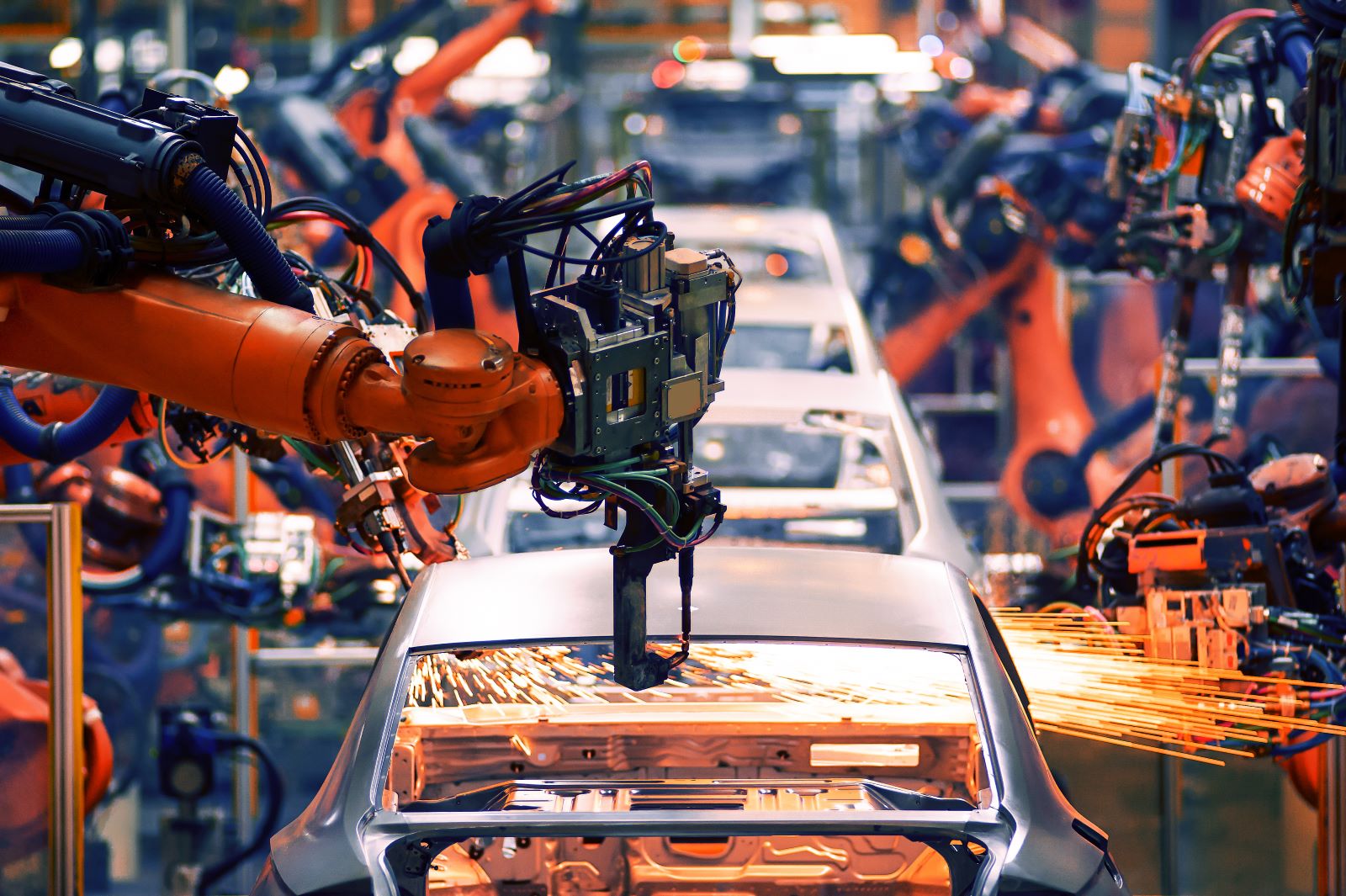
Image Credit: Shutterstock / Jenson
If the car’s software failed, shouldn’t the manufacturer be responsible? Sounds logical until they argue that their product met all safety standards. Suddenly, you’re in a legal battle against a multi-billion-dollar company that’s ready to pass the buck.
3. Software Developers’ Liability
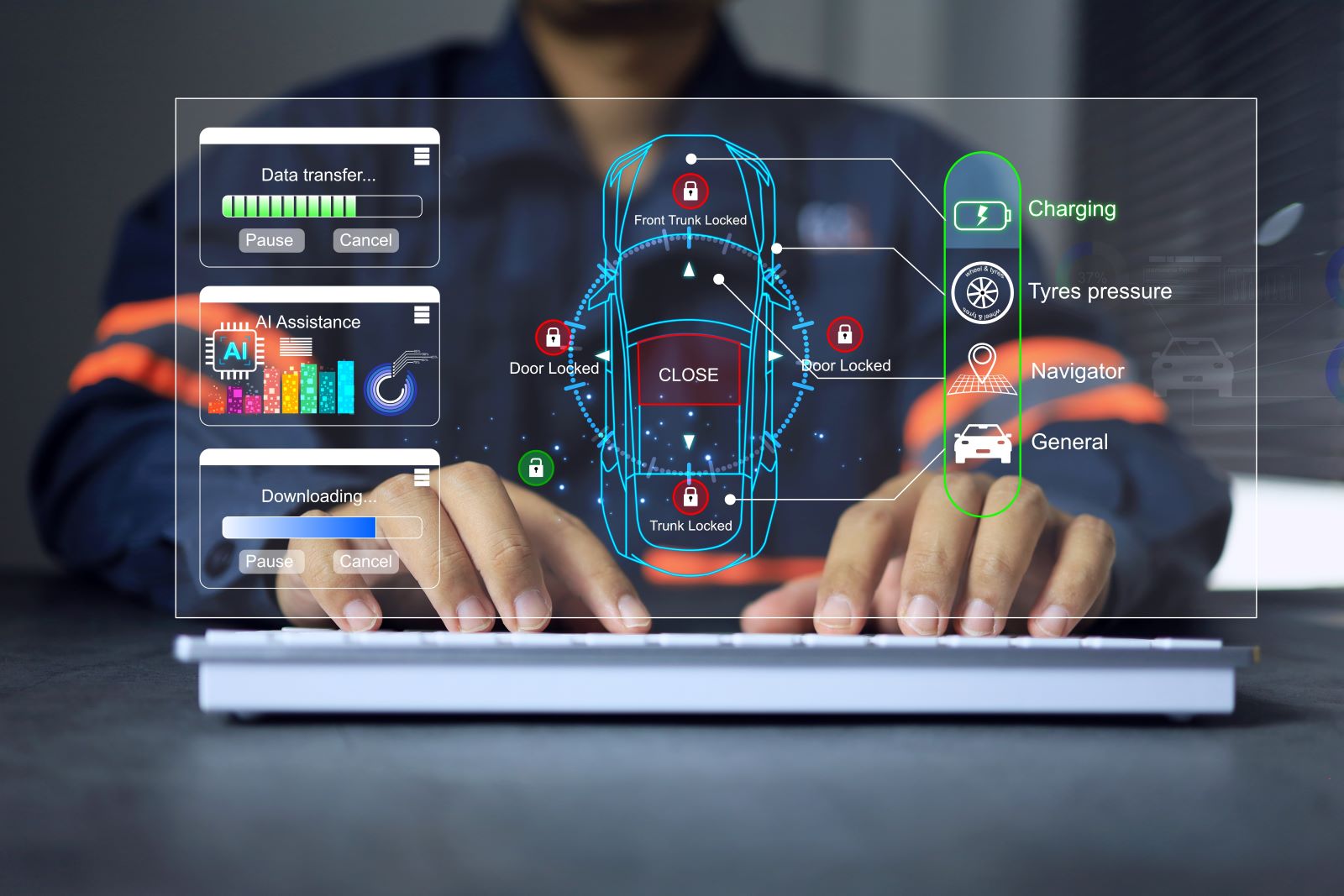
Image Credit: Shutterstock / Aree_S
Who wrote the code? If a bug in the software caused the crash, should the developers be held liable? Pinning down individual responsibility in a sprawling team of programmers is a logistical nightmare, and proving negligence is even tougher.
4. Data Ownership Issues
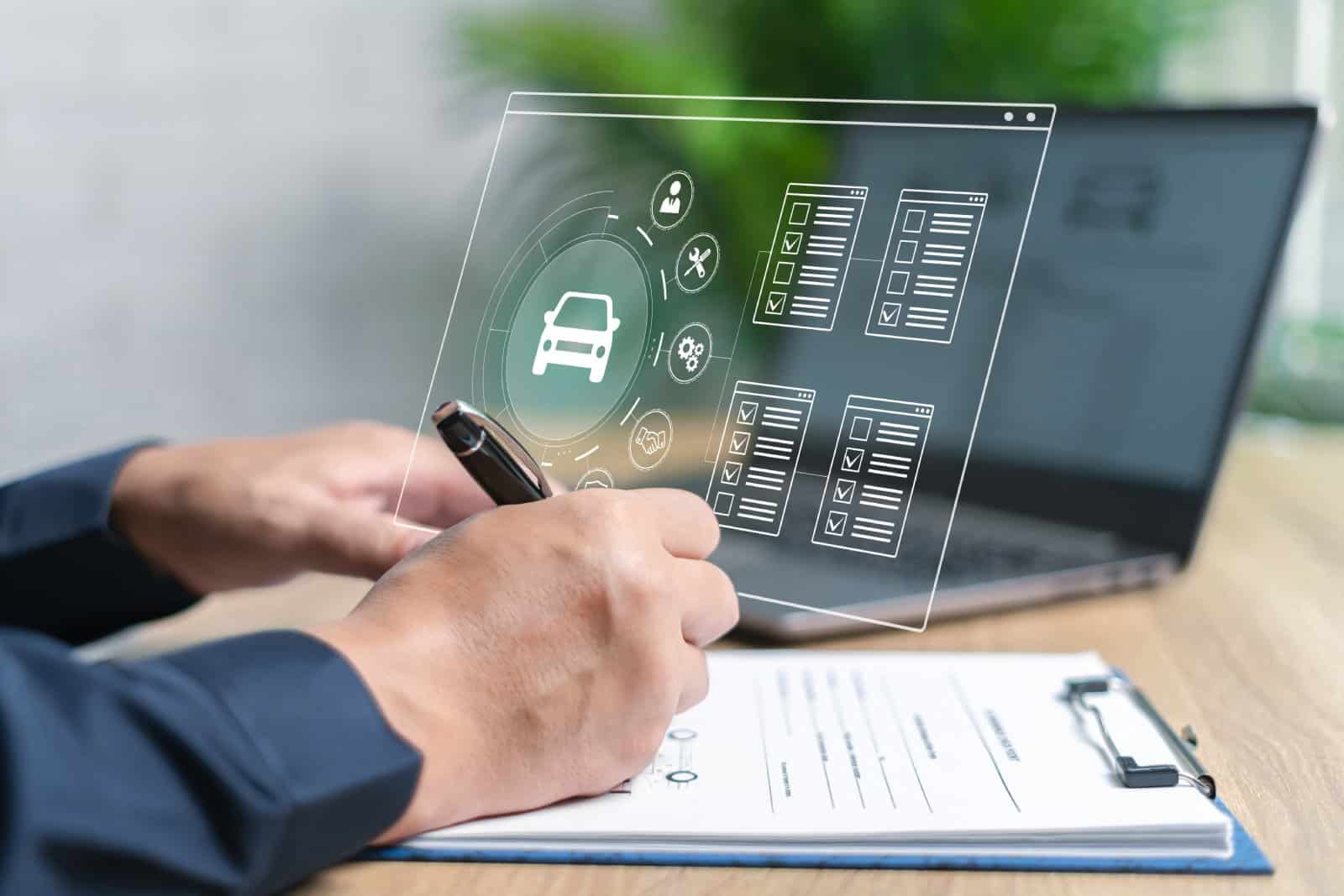
Image Credit: Shutterstock / NONGASIMO
Autonomous vehicles generate a ton of data, but who owns it? You might think it’s your car, your data. Think again. Manufacturers often retain rights to the data, which can muddy the waters when trying to determine what went wrong.
5. Insurance Implications
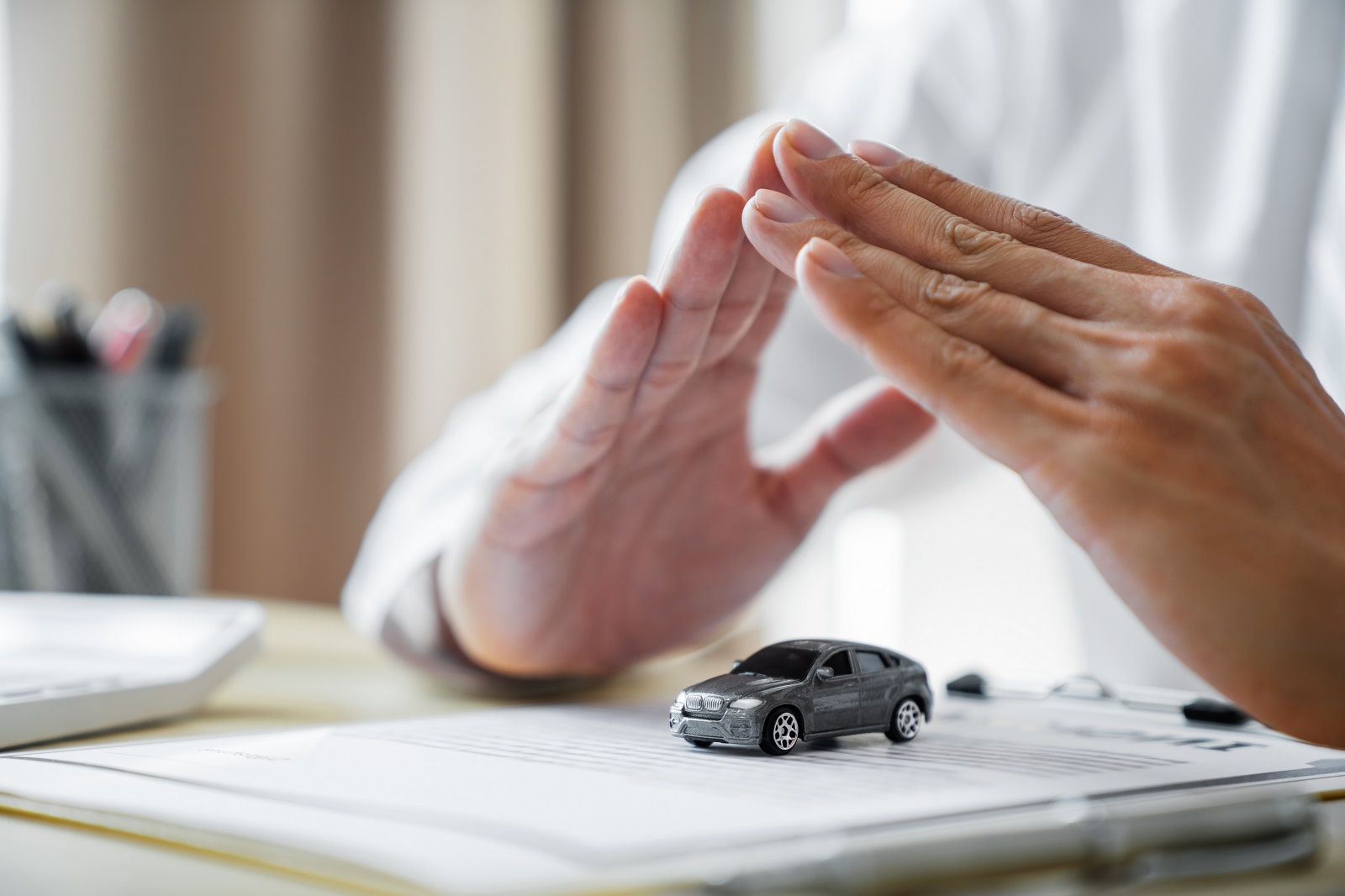
Image Credit: Shutterstock / mojo cp
Traditional insurance models don’t easily apply to self-driving cars. Who pays when a robot driver crashes? Expect skyrocketing premiums and a lot of finger-pointing between your insurance company and the manufacturer’s liability insurer.
6. Moral Dilemmas in Programming
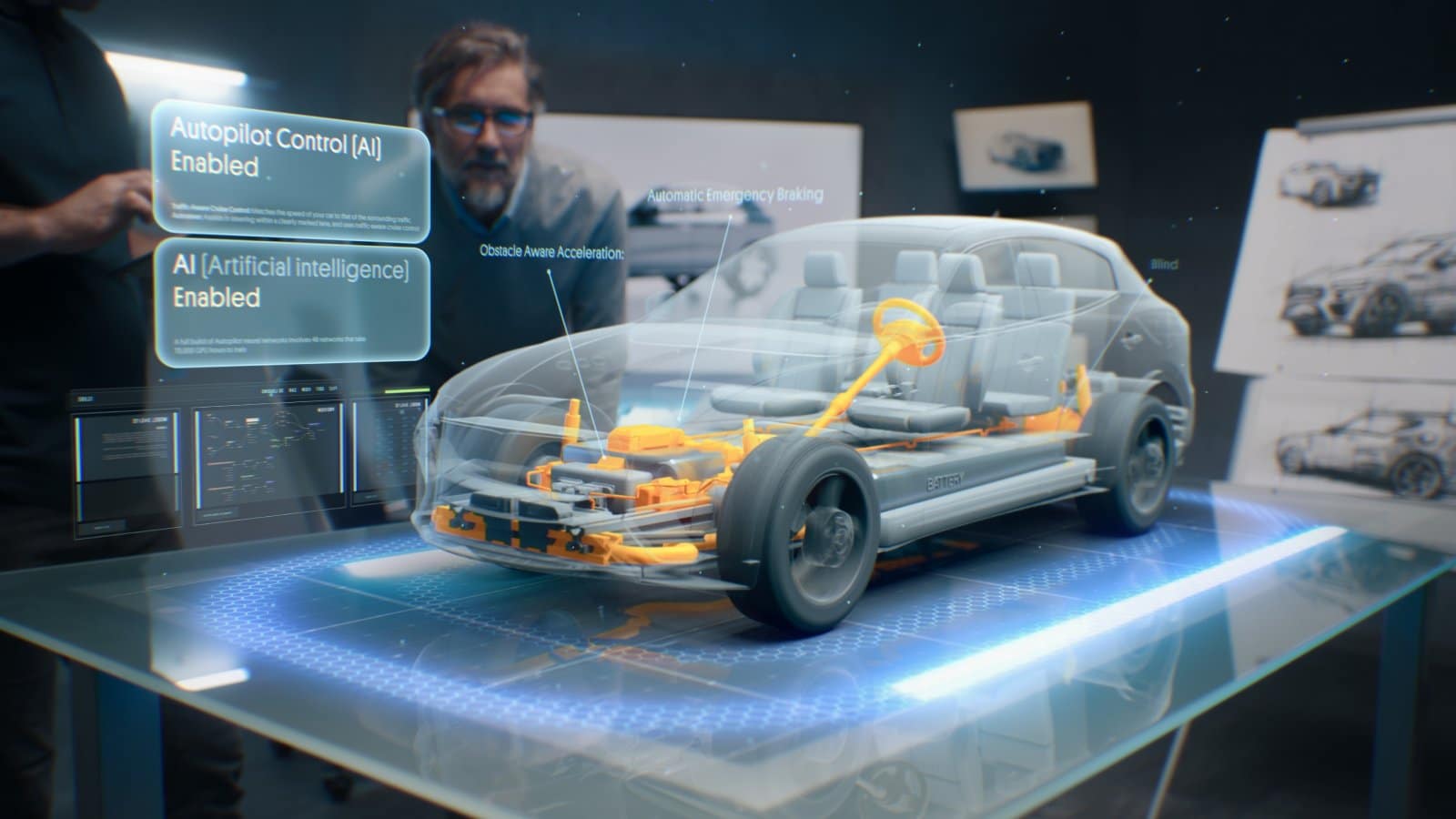
Image Credit: Shutterstock / Frame Stock Footage
Programmers must anticipate ethical decisions, like who to save in a crash scenario. Should the car prioritize the safety of its passengers or pedestrians? These pre-programmed choices can have life-and-death consequences, and someone has to answer for them.
7. Regulatory Gray Areas
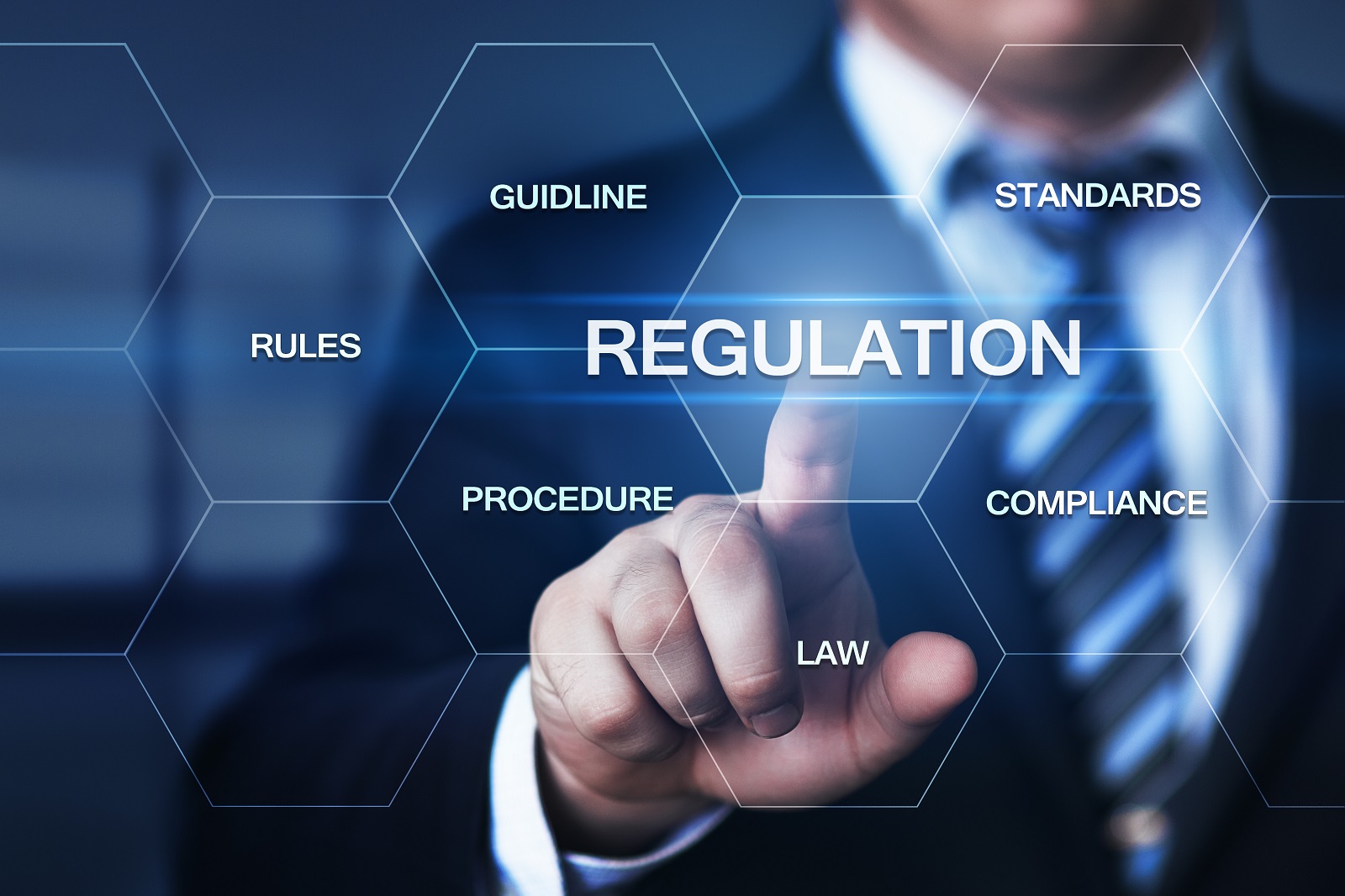
Image Credit: Shutterstock / Alexander Supertramp
Current laws weren’t designed for autonomous vehicles, creating a regulatory nightmare. The legal framework is a patchwork of outdated statutes and regulations, leaving everyone from manufacturers to drivers in a legal limbo.
8. Driver Responsibility
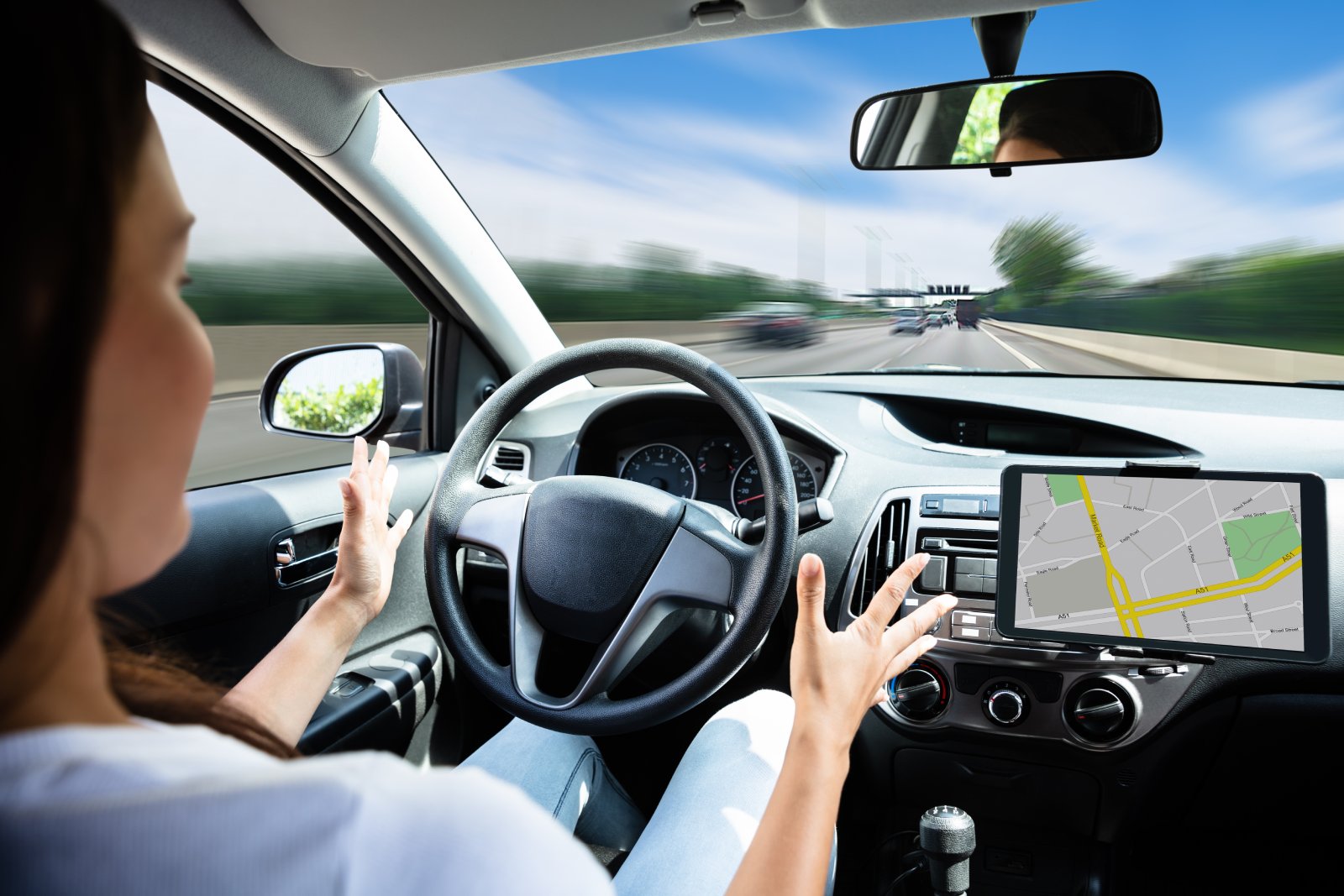
Image Credit: Shutterstock / Andrey_Popov
Even if your car is doing the driving, you’re supposed to be paying attention. But are you really responsible if the car does something unexpected? The law says yes, but your sense of fairness might say otherwise.
9. Third-Party Interference
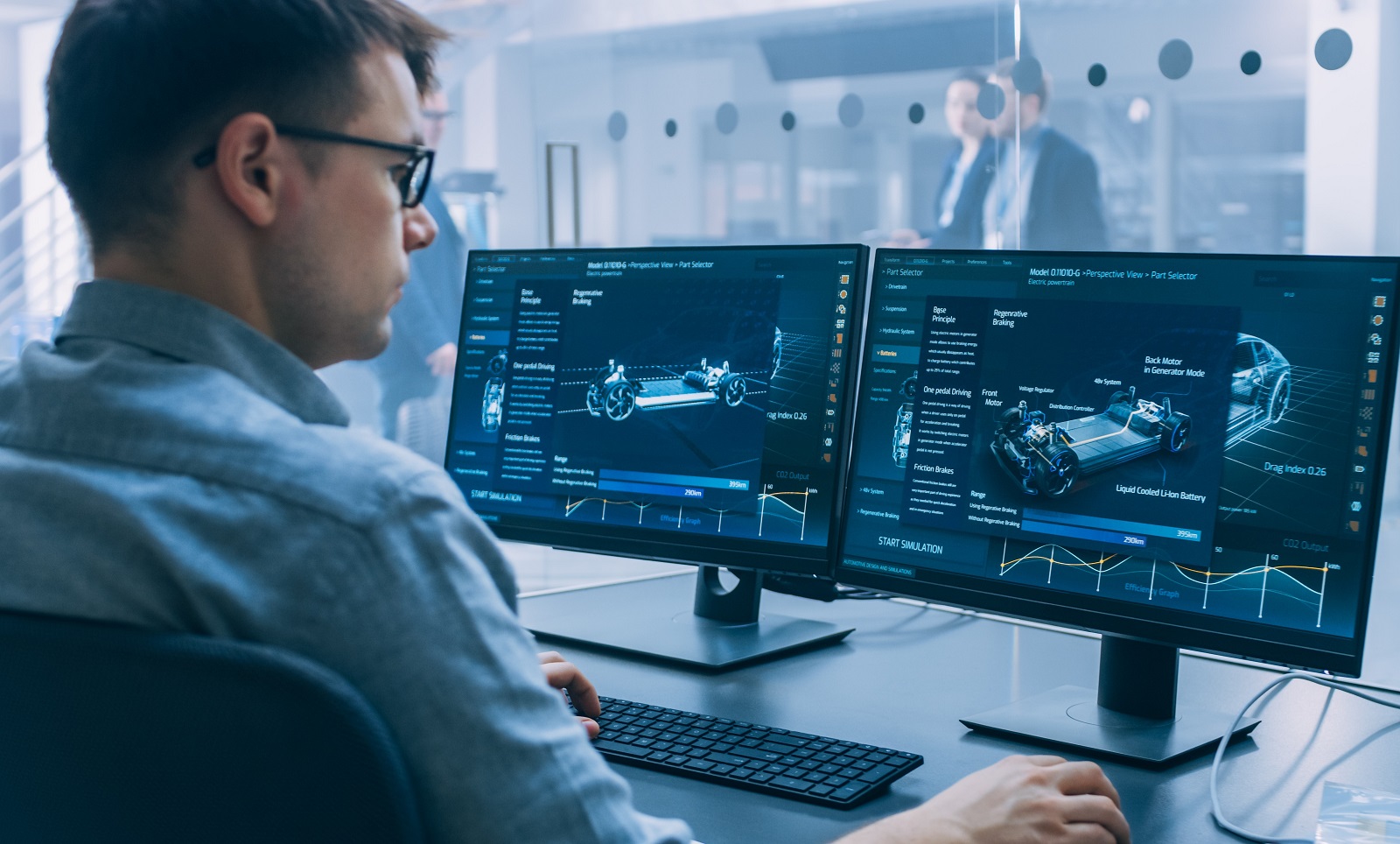
Image Credit: Shutterstock / Gorodenkoff
What if a third-party sensor or software update caused the crash? Sorting out liability becomes even more convoluted with multiple players involved. Good luck finding the smoking gun in a sea of tech vendors.
10. Ethical Hacking
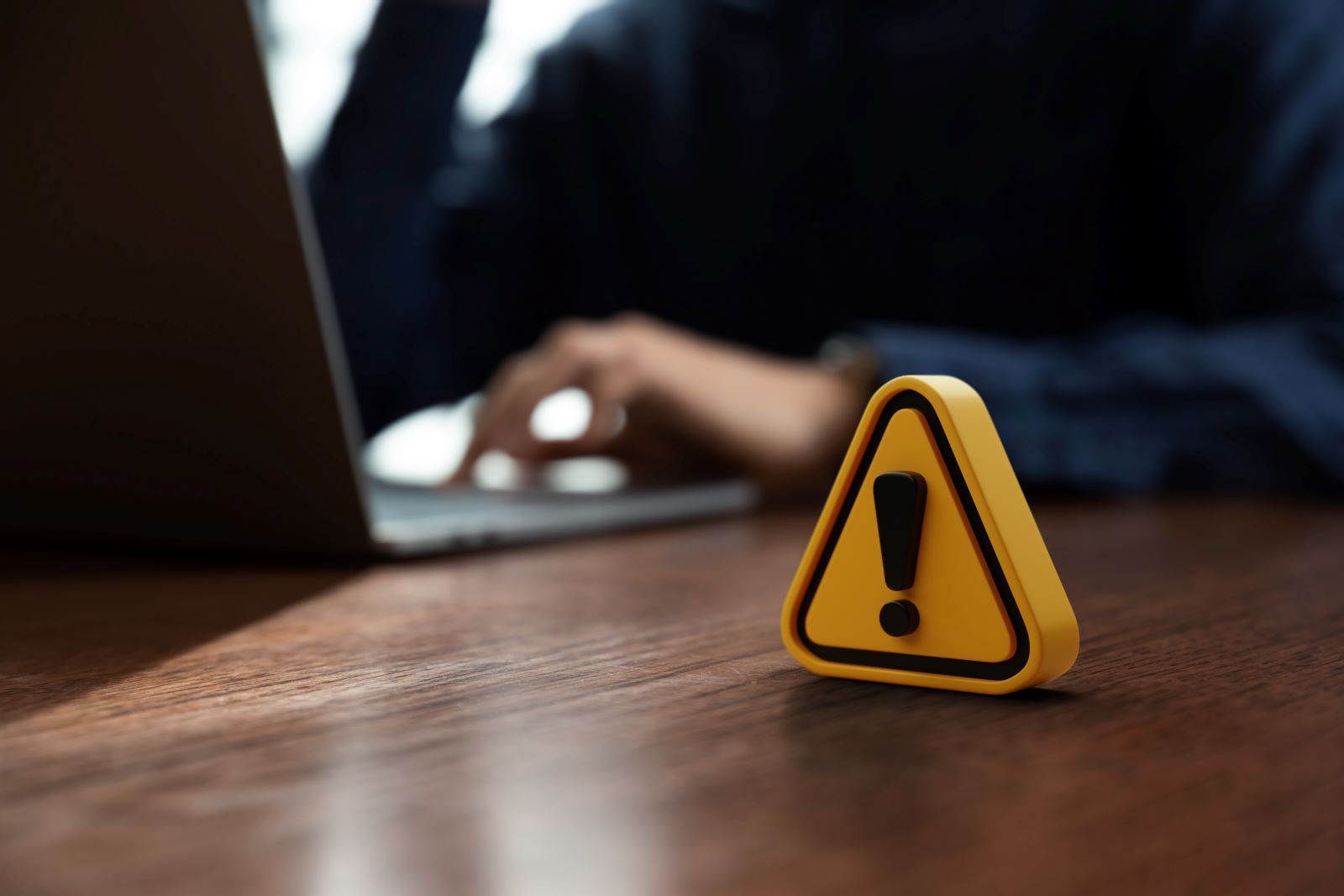
Image Credit: Shutterstock / Thx4Stock team
Hackers could potentially take control of autonomous vehicles, leading to crashes. Who’s responsible then? The hacker, obviously, but tracing cybercriminals is notoriously difficult, leaving victims in a frustrating legal quandary.
11. Updates and Maintenance
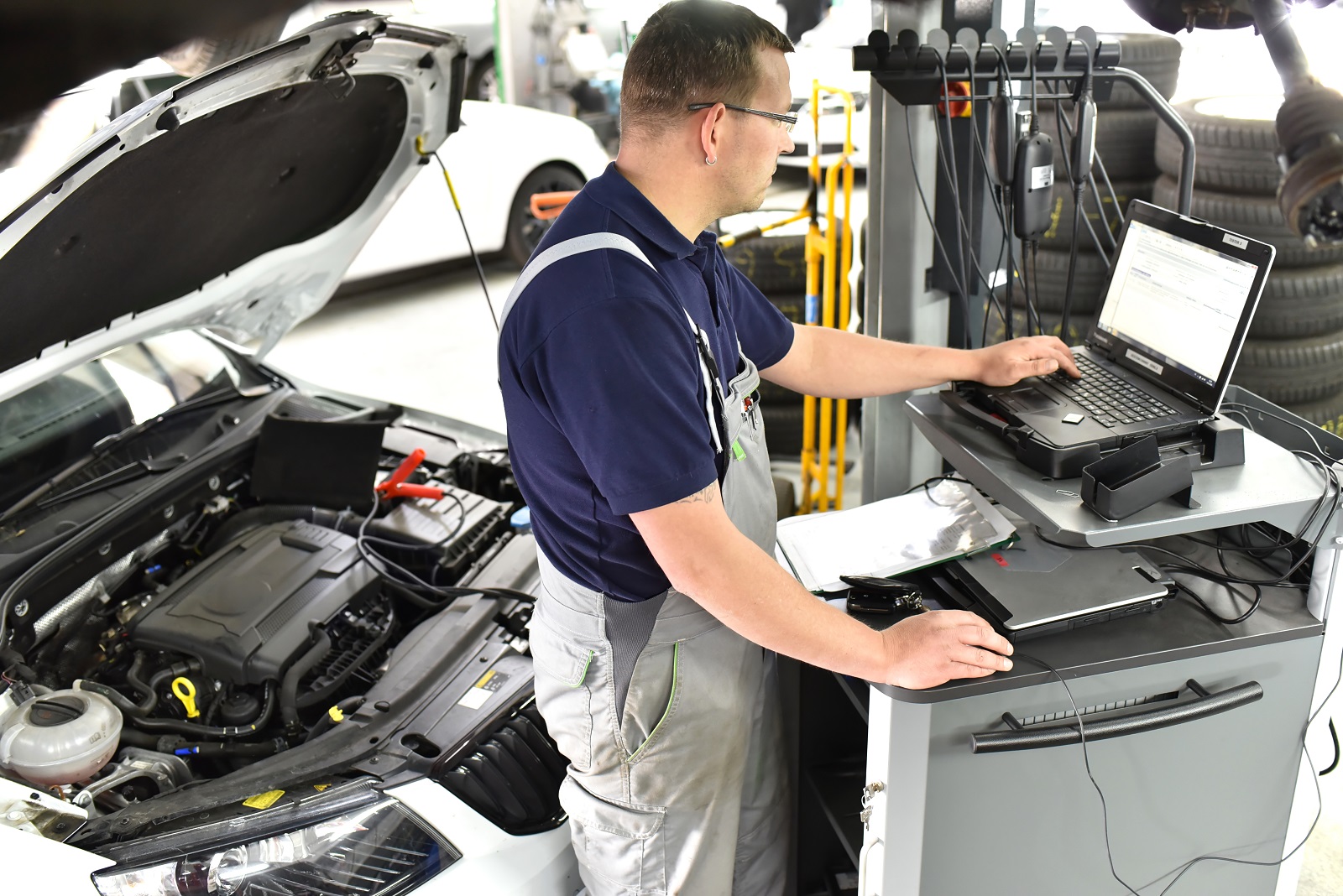
Image Credit: Shutterstock / industryviews
Autonomous vehicles require regular software updates. If a manufacturer pushes a faulty update that causes a crash, are they liable? It’s another layer of complexity in determining responsibility.
12. Victim Compensation

Image Credit: Shutterstock / Bilanol
Who compensates the victims in an autonomous vehicle crash? The driver? The manufacturer? The software developer? Sorting out who pays can be a bureaucratic maze, delaying justice for those affected.
13. Public Perception
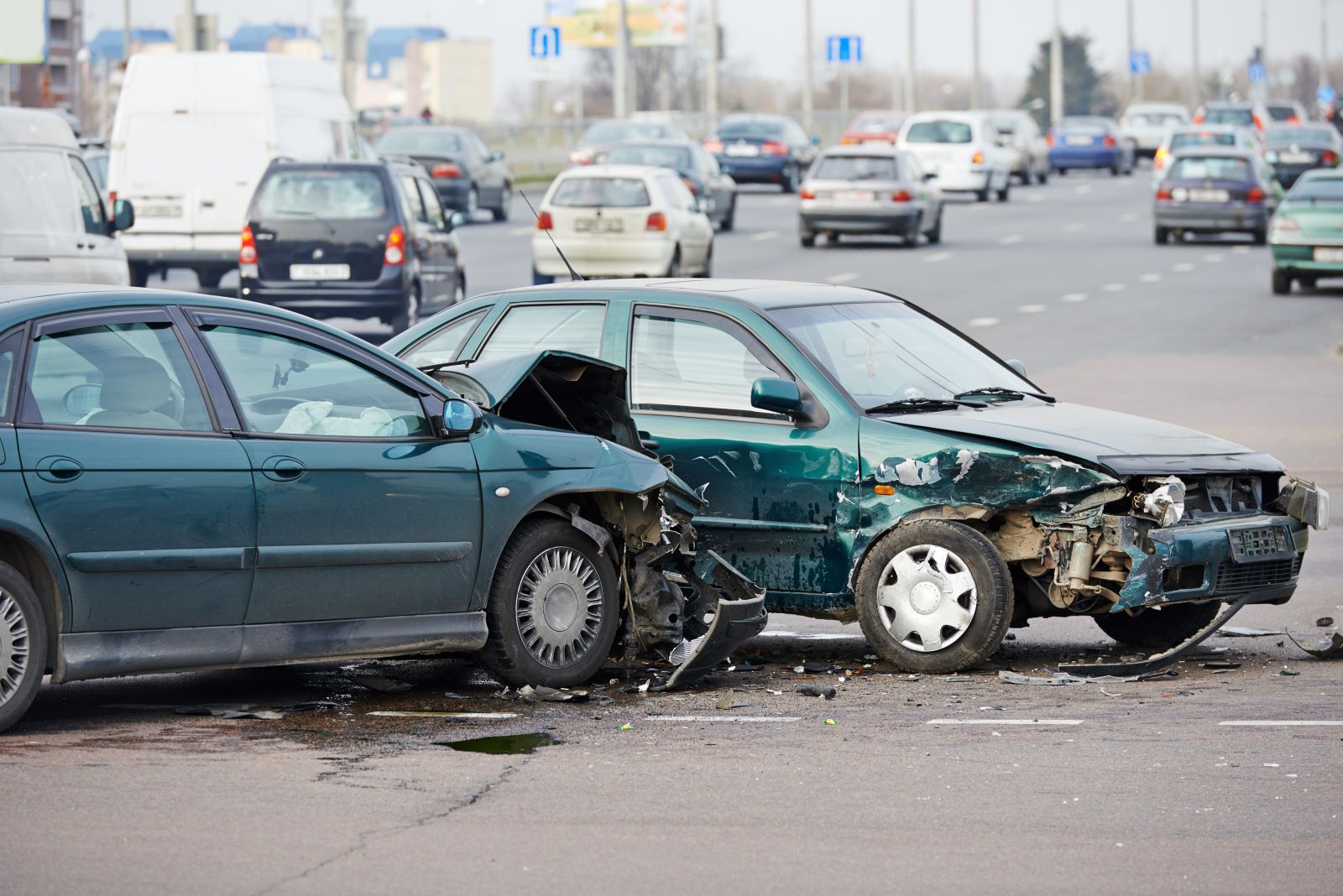
Image Credit: Shutterstock / Dmitry Kalinovsky
Public trust in autonomous vehicles is shaky at best. High-profile crashes lead to public outcry and calls for stricter regulations, further complicating the legal landscape and pushing the industry into PR damage control mode.
14. Moral Responsibility
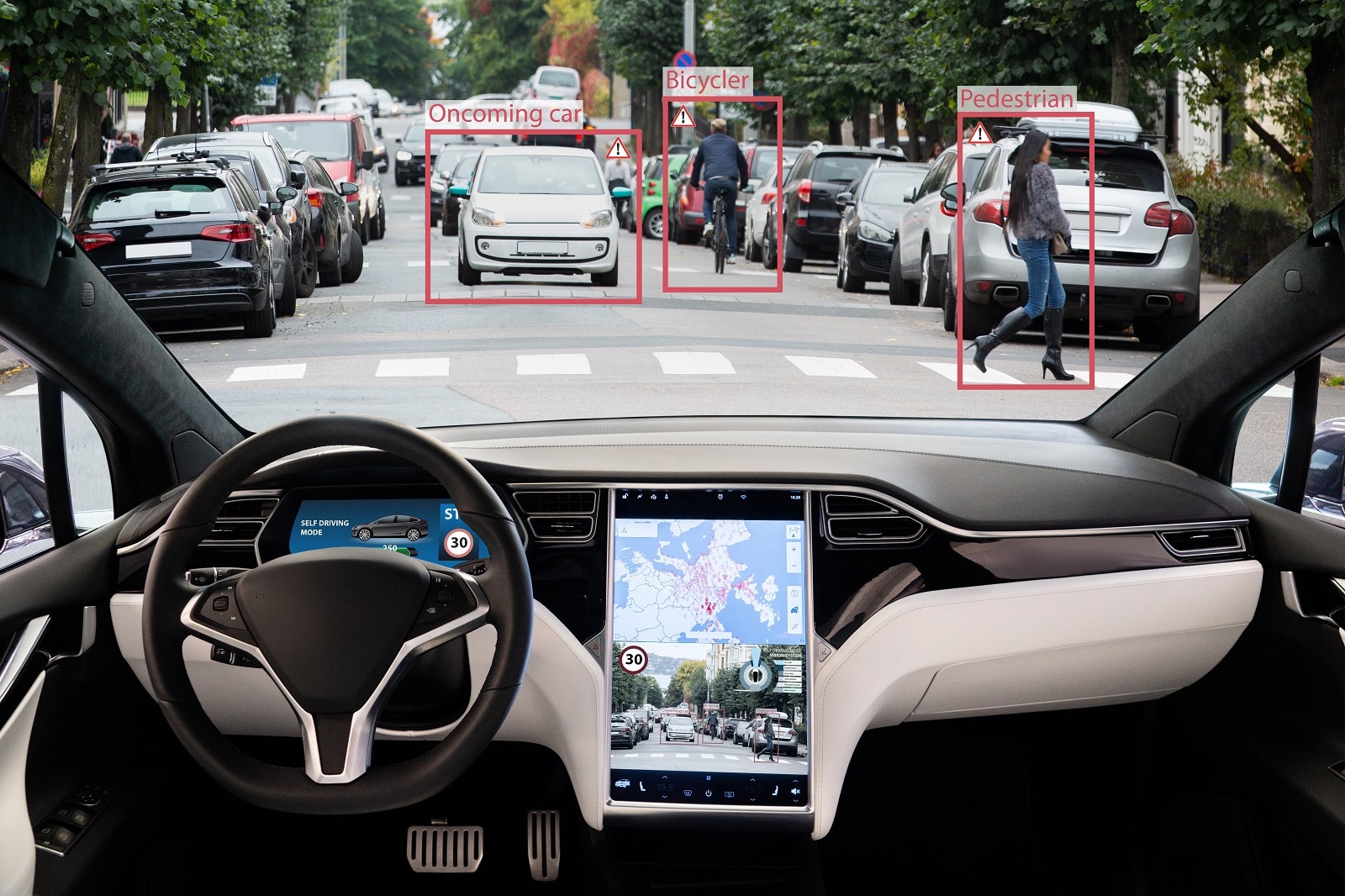
Image Credit: Shutterstock / Scharfsinn
Beyond legal liability, there’s the question of moral responsibility. Who should step up and admit fault when a self-driving car crashes? Corporations are quick to deflect blame, leaving ethical accountability in the dust.
15. Technology Failures
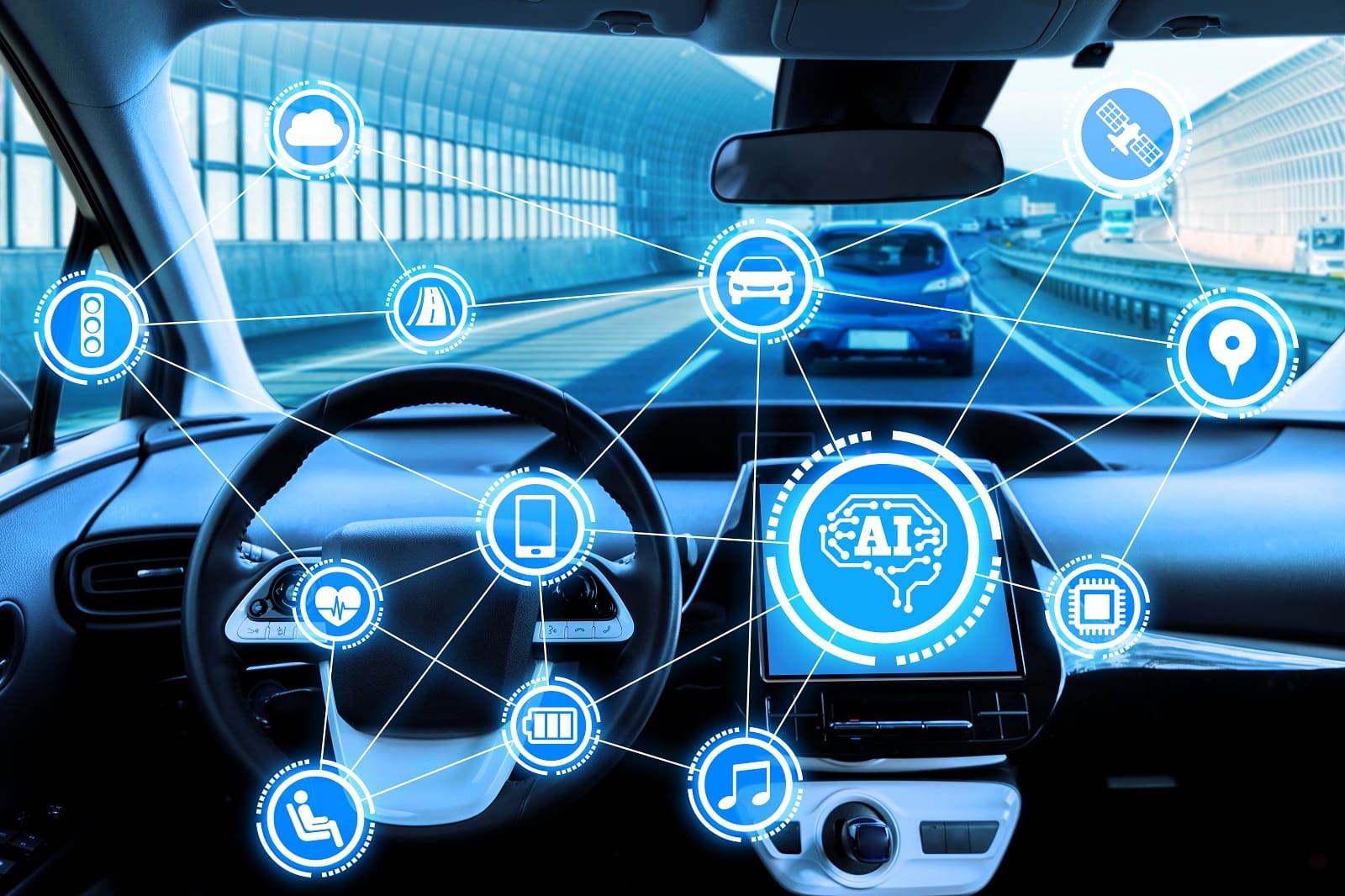
Image Credit: Shutterstock / metamorworks
What if the crash was due to a technology failure that wasn’t foreseeable? Autonomous vehicles rely on complex systems that can fail unpredictably, making it hard to pinpoint who, if anyone, should be held accountable.
16. Cross-Jurisdictional Issues
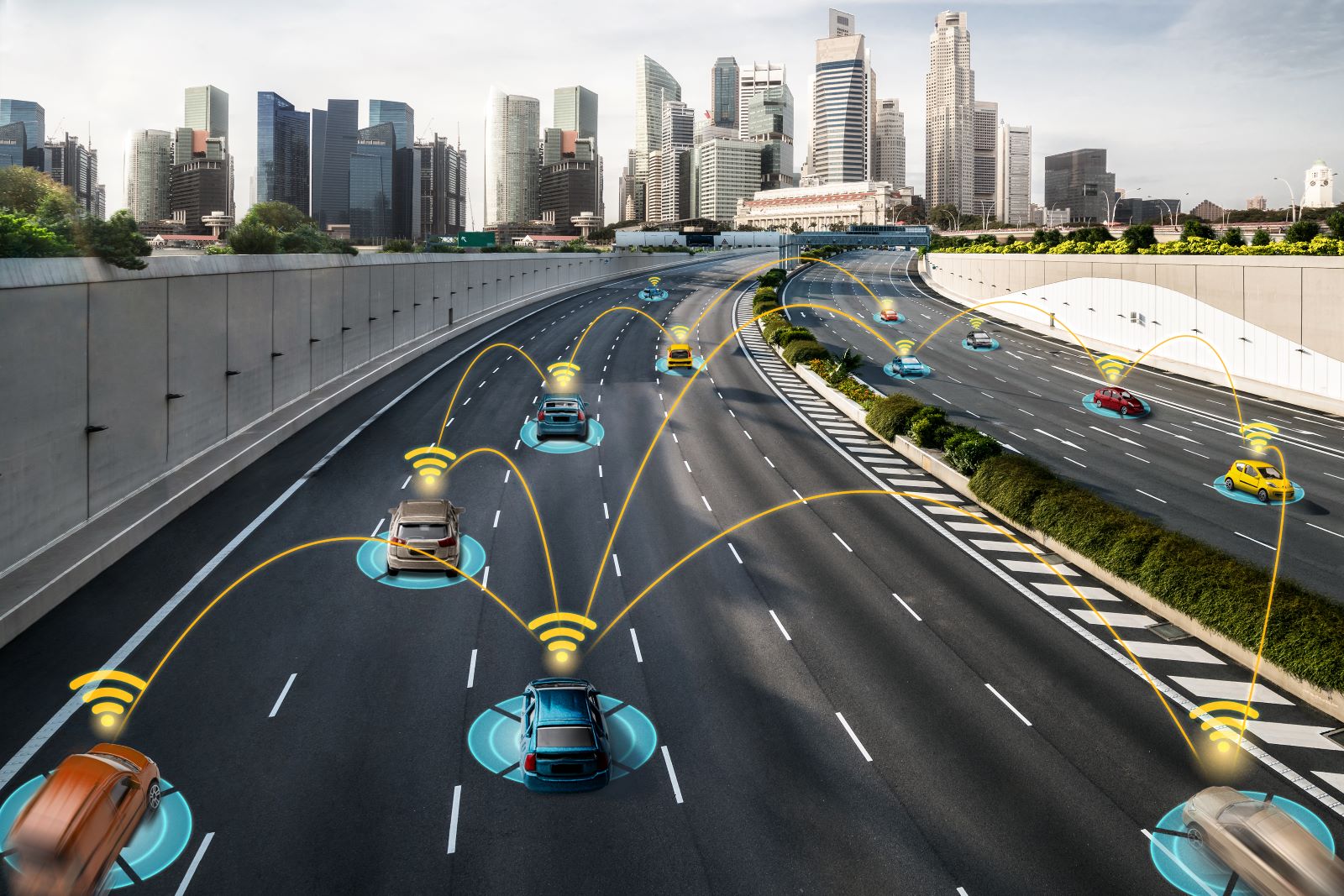
Image Credit: Shutterstock / Summit Art Creations
Different states and countries have varying laws regarding autonomous vehicles. A crash in one jurisdiction might be treated entirely differently in another, creating a legal labyrinth for victims seeking justice.
17. Consumer Awareness

Featured Image Credit: Shutterstock / NDAB Creativity
Many consumers don’t fully understand the capabilities and limitations of autonomous vehicles. Should manufacturers be held accountable for not properly educating their customers? Misunderstandings can lead to misuse and accidents.
18. Long-Term Liability
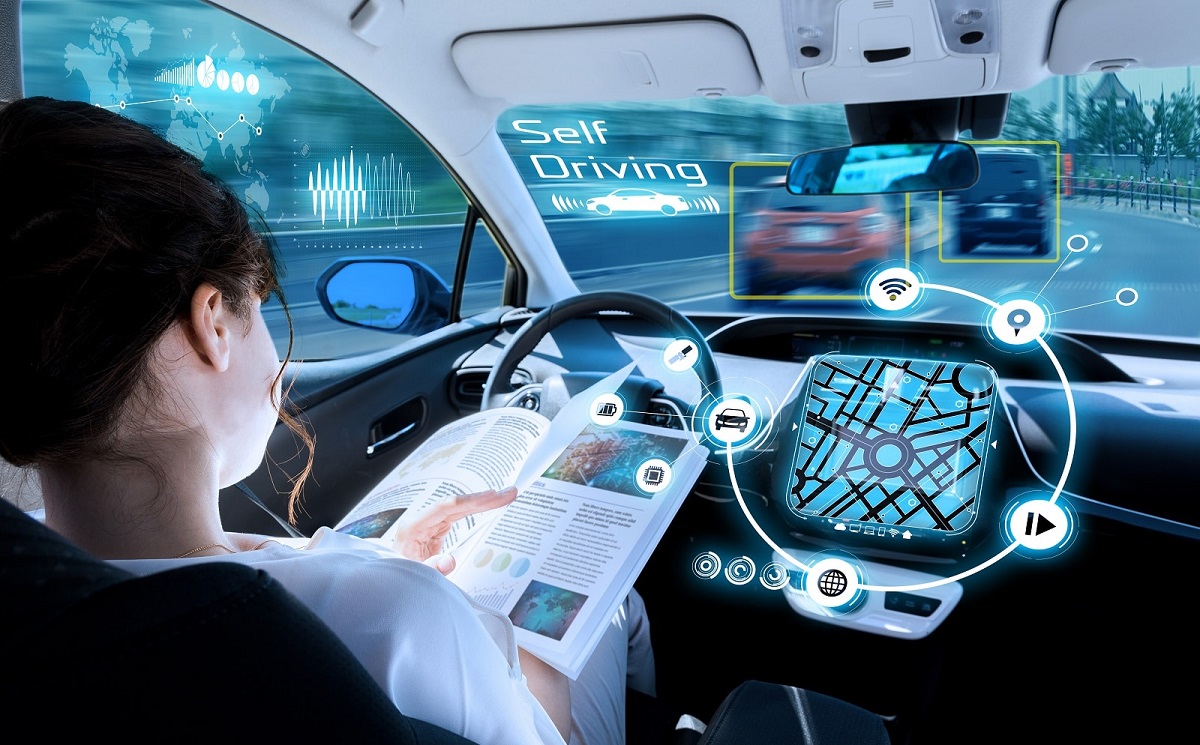
Featured Image Credit: Shutterstock / metamorworks
As autonomous vehicles evolve, long-term liability issues will arise. Who’s responsible for crashes involving older models with outdated technology? The responsibility could shift over time, adding to the confusion and complexity.
Confusing Times Ahead
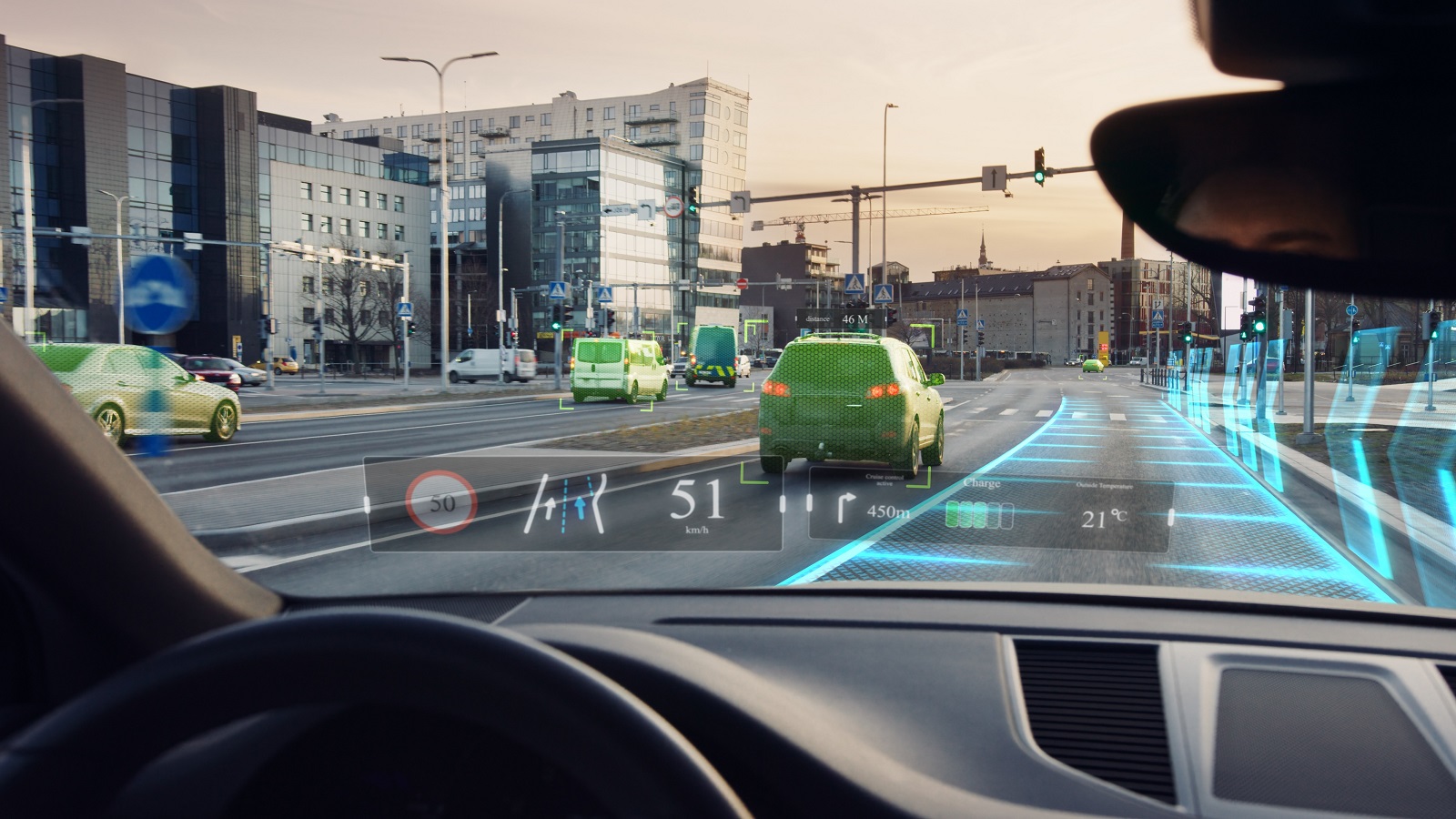
Image Credit: Shutterstock / Gorodenkoff
The ethical and legal responsibility in autonomous vehicle crashes is a tangled web of technology, law, and morality. Until clear regulations are established, expect a lot of blame-shifting and legal battles. The road to autonomous driving is paved with questions that need urgent answers.
2024’s Most Anticipated Car Releases: What’s Coming Soon

Image Credit: Shutterstock / canadianPhotographer56
If you love cars, 2024 is shaping up to be an exciting year. New models are rolling out with more power, better tech, and some fresh designs that could change the game. Here’s the scoop on the top cars hitting the streets soon. 2024’s Most Anticipated Car Releases: What’s Coming Soon
21 Mods That Make Your Car Illegal
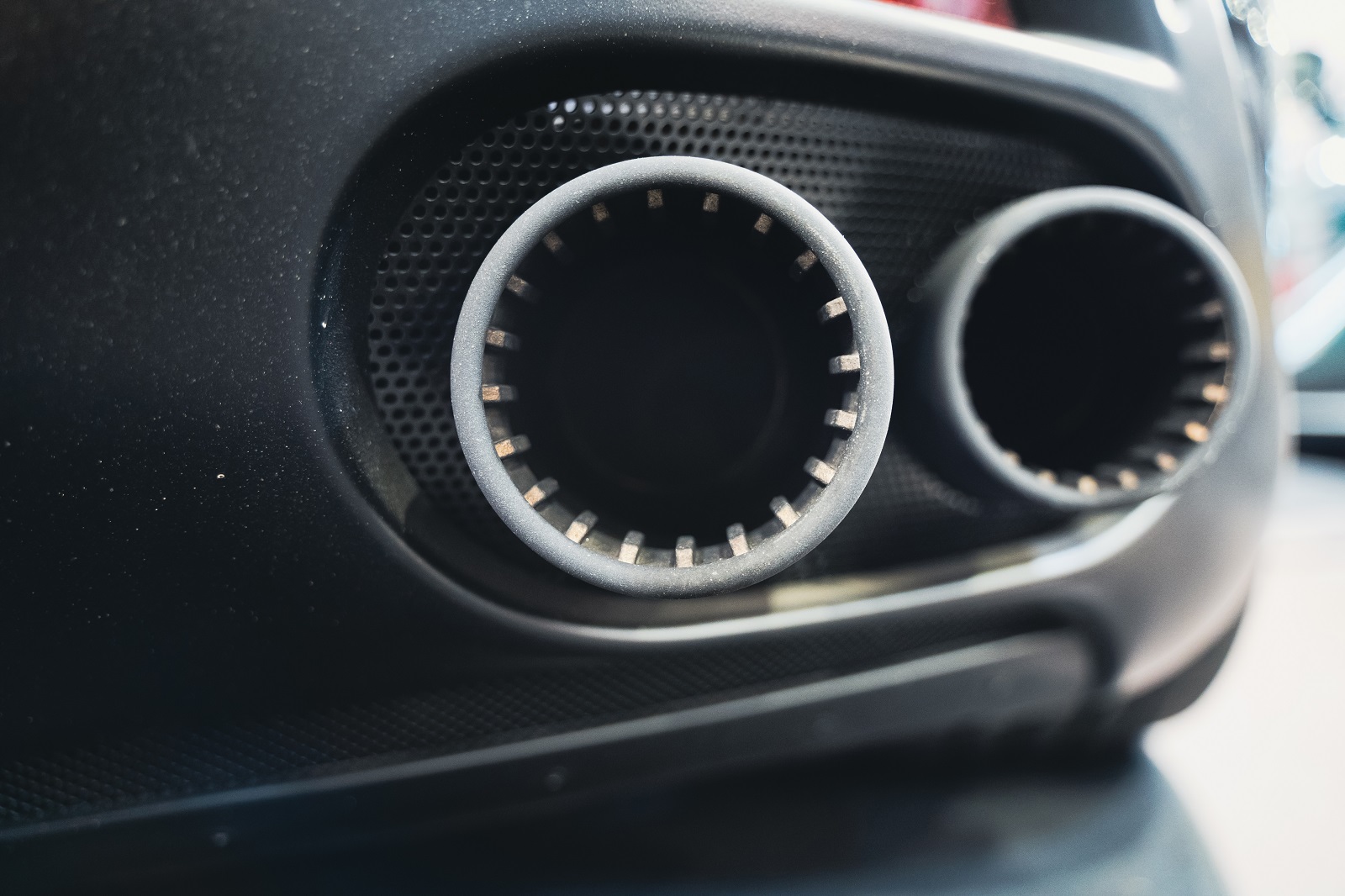
Image Credit: Shutterstock / macondo
Car modifications can enhance style and performance, but not all modifications are legal. Here are 21 illegal car modifications that can get you in trouble with the law across various states. 21 Mods That Make Your Car Illegal
10 American Classic Cars That Define a Generation
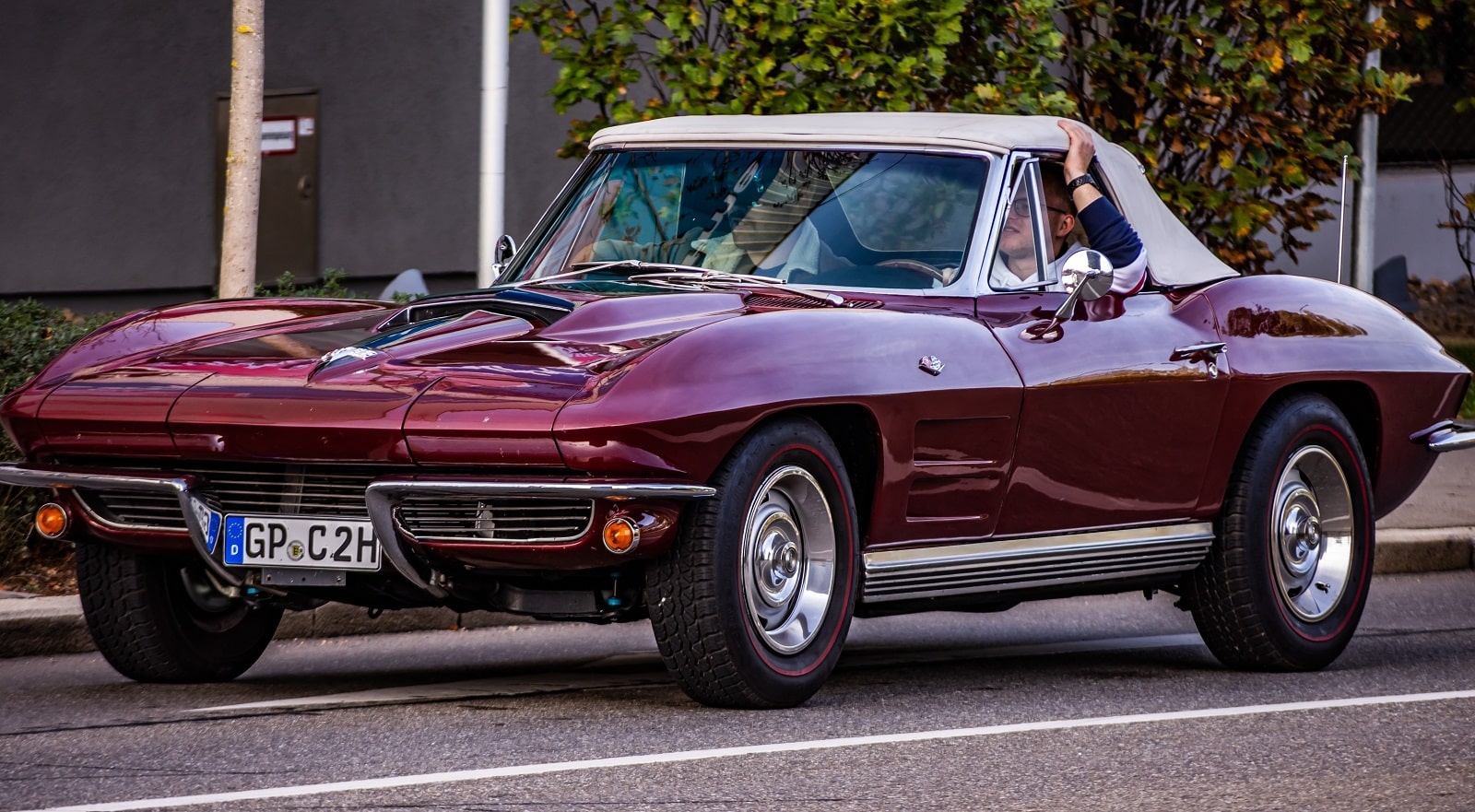
Image Credit: Shutterstock / Krisz12Photo
American classic cars are symbols of their eras, each telling a story of its time and capturing the essence of car culture. Here are ten classics that defined generations. 10 American Classic Cars That Define a Generation
Featured Image Credit: Shutterstock / metamorworks.
For transparency, this content was partly developed with AI assistance and carefully curated by an experienced editor to be informative and ensure accuracy.
